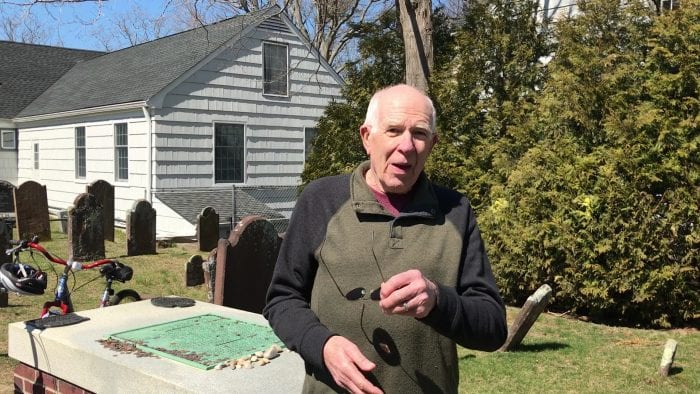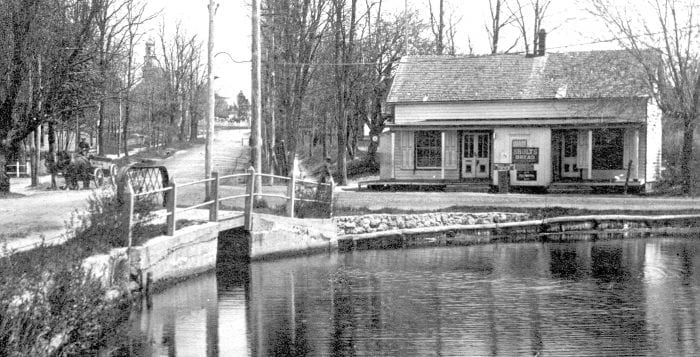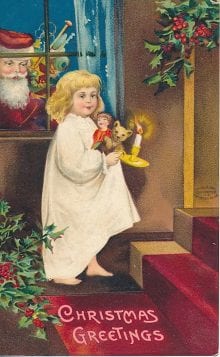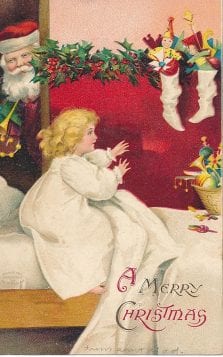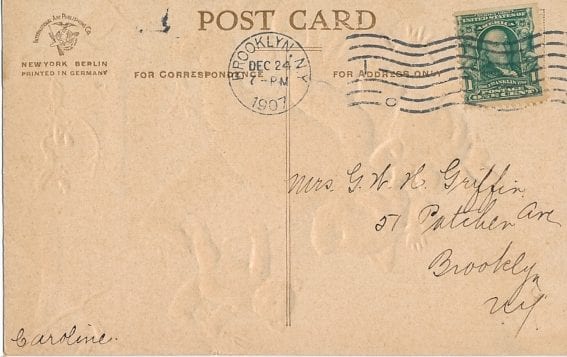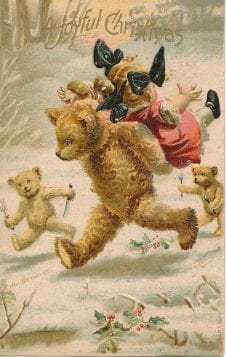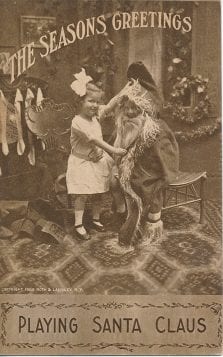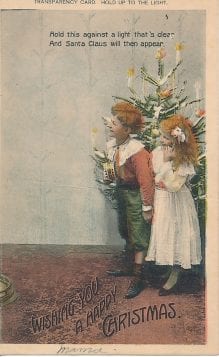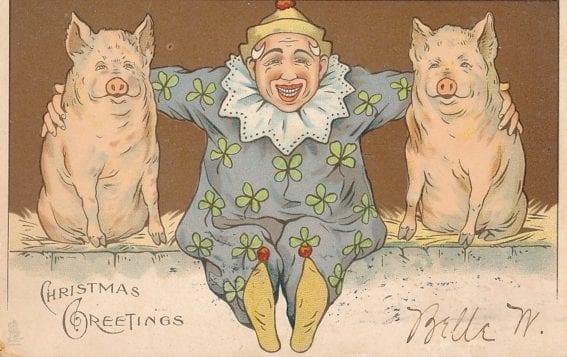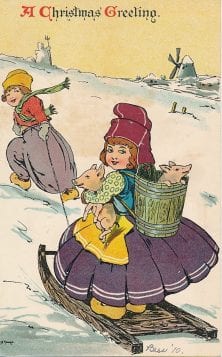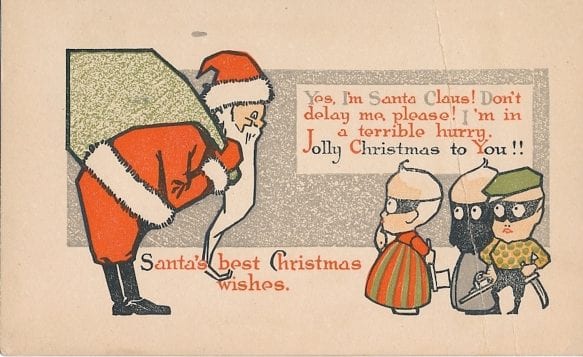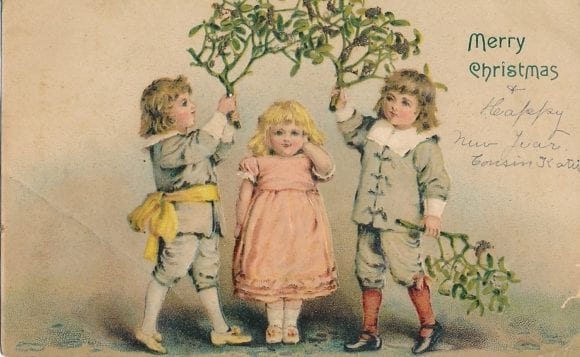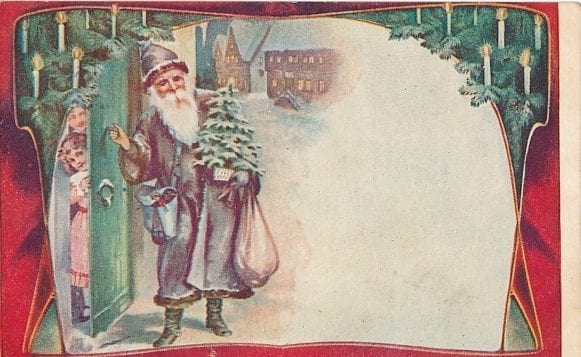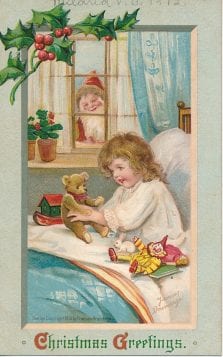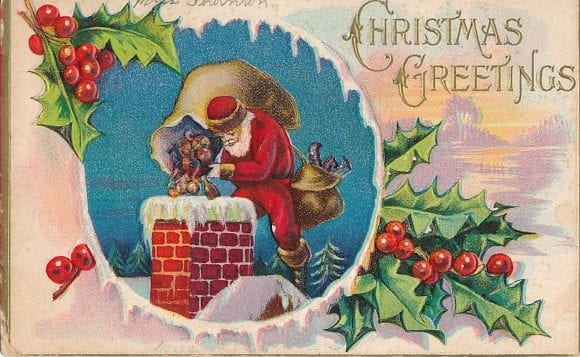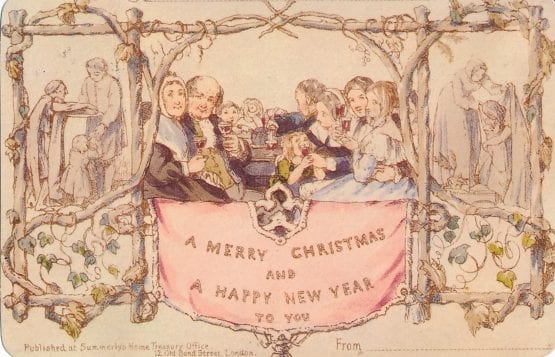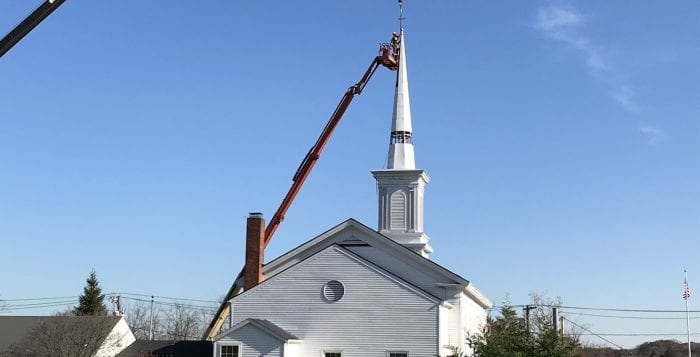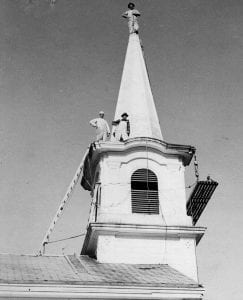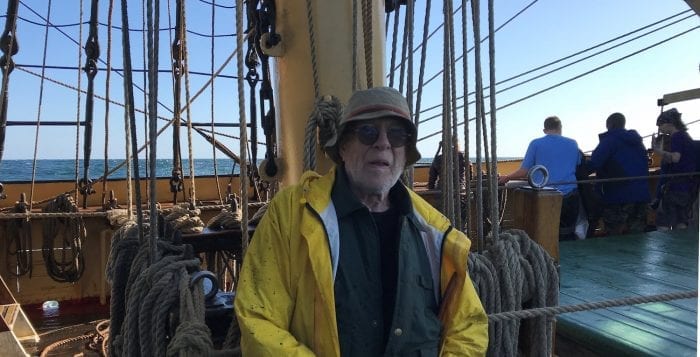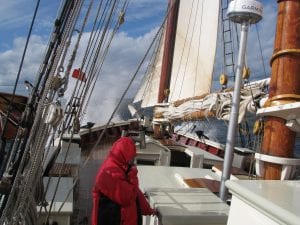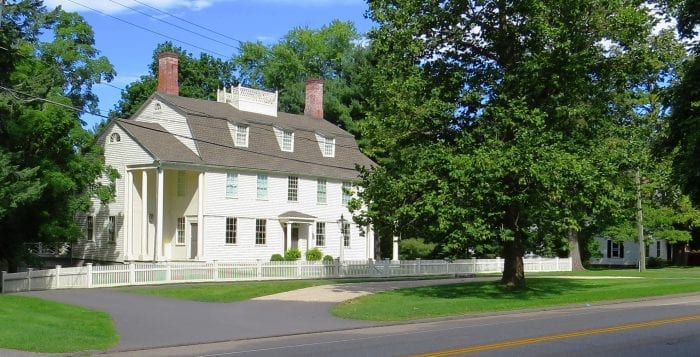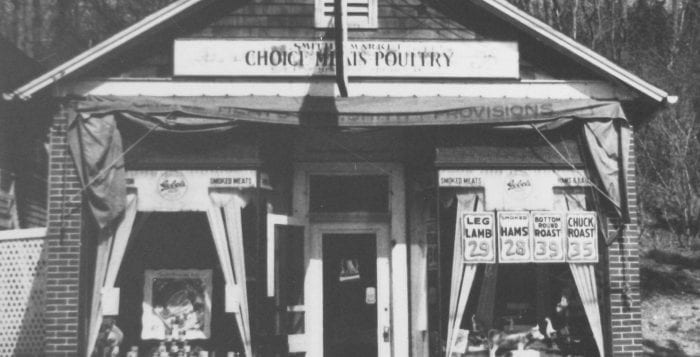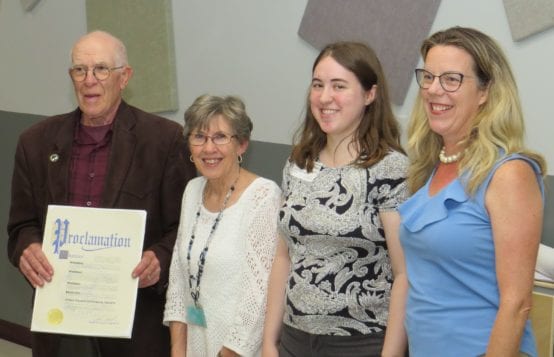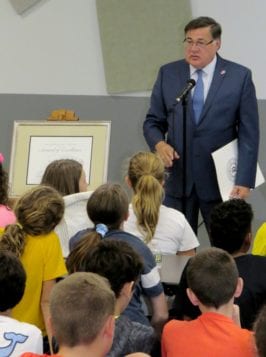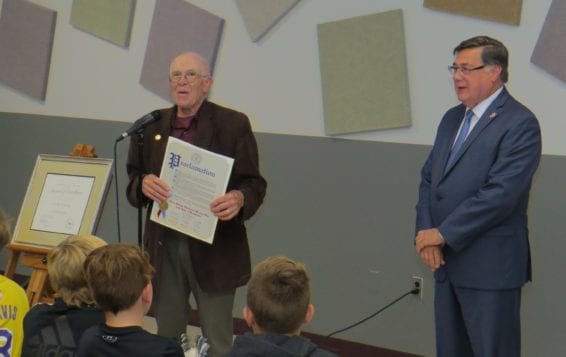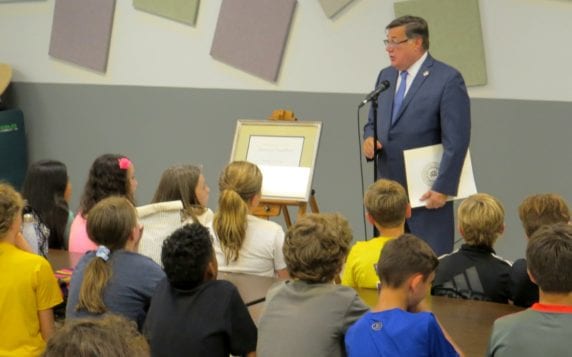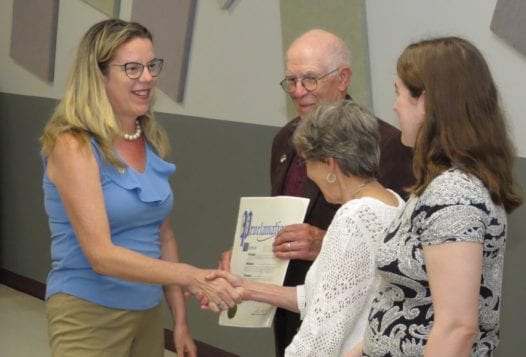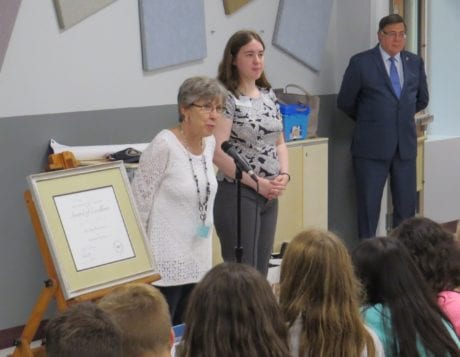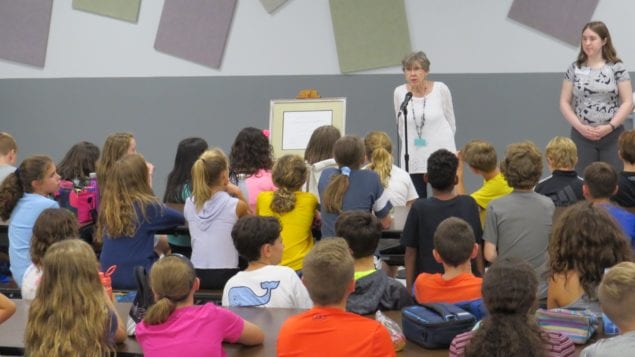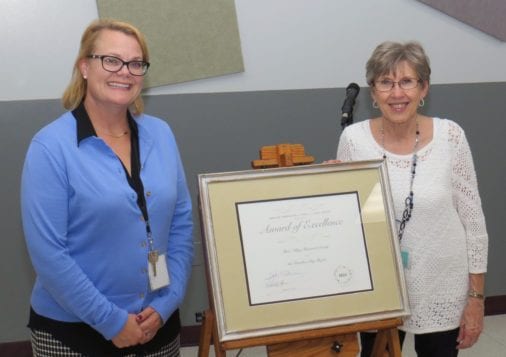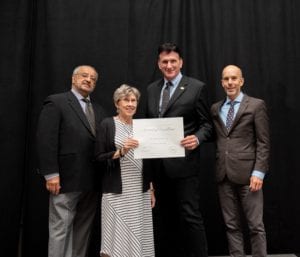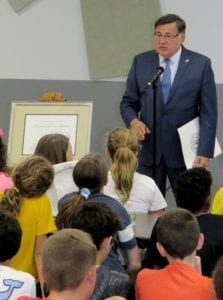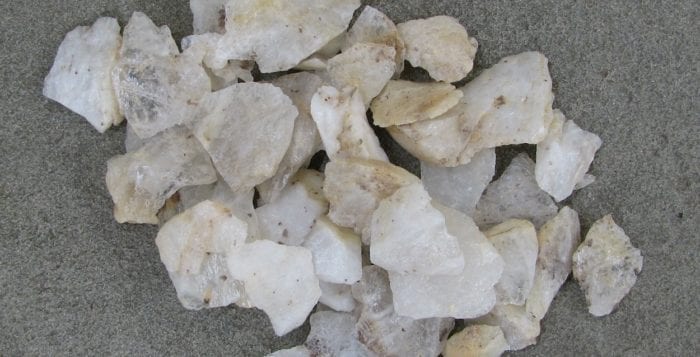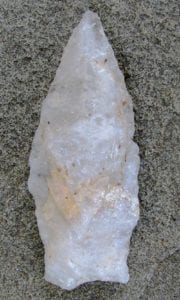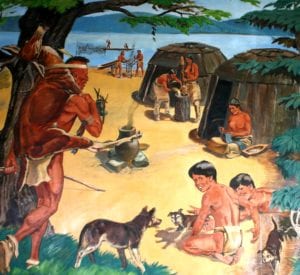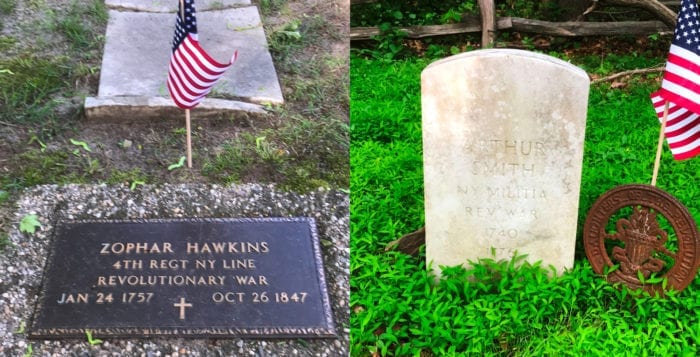By Beverly C. Tyler
In the first two hundred years of English settlement in Setauket and Stony Brook, work and home were, for most residents, synonymous. Each family owned enough land to farm, and the land provided them with the necessities of life — food, clothing and shelter. The community provided the formal and informal gathering places. These places, such as the Presbyterian meeting house, the Village Green, the general stores and the mills, were at the center, at the very heart of the Setauket and Stony Brook communities. These “third places” — home and work being first and second — provided the spiritual, social and societal needs of the early settlers.
“Community keeps us accountable and compassionate. It prevents us from thinking too highly of ourselves and taking too much on. It reminds us that we need one another, that we’re not alone.”
— Rachel Held Evans
By the second half of the 20th century, following World War II, all of that changed. The deterioration of the cities combined with the lure of the country caused a new phenomenon, a building boom that created housing developments for returning veterans under the GI Bill as well as for many others. At first, these new “communities” worked. The men went off to work taking the family car with them. The women, without a car to get them out of the development, met, talked, borrowed and swapped for what they needed until the weekend when the family could shop in the new shopping centers that faced outward toward the roads rather than inward toward the community. After school, the children played together in the parks and on the streets of the development. These families, devoid of the traditional third places, created their own.
This worked for the first generation of residents in developments such as Levittown, but as different people moved in who didn’t share work and family, the developments became sterile places where neighbors no longer knew each other. They became places without soul, without the informal gathering places that define community — without third places.
“Community keeps us accountable and compassionate. It prevents us from thinking too highly of ourselves and taking too much on. It reminds us that we need one another, that we’re not alone” (blog entry by religious author Rachel Held Evans, March 1, 2017).
We have, in the Three Village area, the building blocks of community. We also have a fine school district and a university campus that can help to draw us closer together. How we care for all of these parts of our community and in turn how we care for each other determine how much of a community we are.
“The process of seeking common ground is also the process of composing good narratives in which all can find themselves represented. Only through this process can the civic enterprise proceed and communities flourish” (Robert A. Archibald, “A Place to Remember: Using History to Build Community,” 1999).
A good definition of community is offered by Richard Moe and Carter Wilkie in their book “Changing Places: Rebuilding Community in the Age of Sprawl,” 1997: “As habitats for community have eroded, so too has the true meaning of the word. Today ‘community’ more commonly describes any rootless collection of interests rather than people rooted in a place — people tied by fellowship or even kinship to one another, to a shared past, and to a common interest in the future.”
The last part may be the real key. If we really do want what is best for ourselves, our children and our grandchildren, then we do need to spend less time being concerned with our differences and more time studying and applying what we have in common, our shared past and common interest in the future. Regardless of how long we have lived here, we share in our history and are concerned about our future.
The exact opposite of community is represented most distinctly today by television shows that tout the importance and effectiveness of individual action. In these venues, community exists only as a means to demonstrate the superiority of the individual. Working together to achieve a common goal is devalued and the object, by whatever means possible, is to win everything for oneself.
Dr. Jerri Nielsen, in a “Book TV” interview about her book “Ice Bound” (2001) and her struggles with breast cancer in the Antarctic community in which she lived for many months, commented that the most special and lasting effect of her time in Antarctica was the close personal bonds that formed there and how disconnected and alone she felt after she was taken out of that community. She noted that they virtually depended on each other for their survival and became closer in a few months to vastly different people than she had been to family or lifelong friends.
“Without formal and informal gathering places where we share experiences and make common memories, and thus establish a common identity buttressed with familiarity, community is devalued and only individualism remains.”
— Robert A. Archibald
Nielsen also said that she later met senator and astronaut John Glenn for the second time in her life, and he noted the importance of unit cohesiveness (community) in the military. Glenn reportedly told her that, in the service, “We don’t throw people out, we carry them out.”
“Without formal and informal gathering places where we share experiences and make common memories, and thus establish a common identity buttressed with familiarity, community is devalued and only individualism remains” (Archibald, 1999).
The hectic pace of life has us traveling from place to place in and around our community in our closed boxes with wheels, which provides a sort of community isolation that simply did not exist on Long Island in past centuries. The automobile has become the vehicle for both separation and connection in modern society. Now, in addition, we can shop and travel on the Internet, the computer providing a wide range of products and services and adding to our community isolation.
Yet, in Setauket and Stony Brook, we value our local history and the homes, barns, farms, ponds, woods, open spaces, public buildings and businesses that are the tangible and visible representations of that history. Many are also the touchstones of our historic memory. Whether we are eight years old or 80, they define our existence at a certain time in our lives, and they help to bring into focus the relationships that we value — our family, friends, neighbors and fellow workers.
“Sandy, sandy roads and trees … just paths like Indians had … you know, through the woods … that’s the truth. Everybody walked. Didn’t matter what you owned or how much you had … you wouldn’t be surprised to see anyone on foot … that was part of daily life.” (Hazel Lewis, The Three Village Historian, “Eel Catching at Setauket,” May 1988).
Over the past century our community has grown and changed from a rural area of farms and vernacular architecture into a suburban environment of historic areas, housing developments, commercial strip developments and university complexes. What we have lost is a part of our connection to each other in the community. In the past, our local stores, schools, libraries, community gathering places and places of worship were usually within walking distance of our homes. These life-sustaining places were often an integral part of our streets or neighborhoods. In fact, in most communities a 30-minute walk would take us from one end of town to the other, and while we were walking, we would see our friends and neighbors and they would see us. We knew each other and to some extent we knew each other’s habits and relationships, likes and dislikes.
With all the changes that communities have gone through, however, we still have places where community relationships are initiated, nurtured and developed, places where we can share our experiences and explore our collective memories. These are the places that Ray Oldenburg, in his book “The Great Good Places: Cafes, Coffee Shops, Community Centers, Beauty Parlors, General Stores, Bars, Hangouts and How They Get You Through the Day” (1991), refers to as third places to distinguish them from work and home. We simply don’t always recognize them. They can be any place we come together to share our thoughts and ideas where there is, as expressed in the hit musical “Come from Away: Welcome to the Rock,” “a spirit of compassion, resourcefulness and generosity.”
In the Provincial Museum of Newfoundland and Labrador in Gander, where 38 commercial aircraft landed Sept. 11, 2001, and deposited more than 6,500 people into a town of about 10,000 residents, is written, “Contact is one of the most powerful agents of cultural change.” This quote defines what welcoming “Come-from-Away’s” (visitors) means to local residents. For five days these sudden visitors were accepted without reservation, without hesitation, by Newfoundlanders who fed their bodies as well as their souls. This is the definition of a third place.
Beverly C. Tyler is a Three Village Historical Society historian and author of books available from the society at 93 North Country Road, Setauket. For more information, call 631-751-3730 or visit www.tvhs.org.

